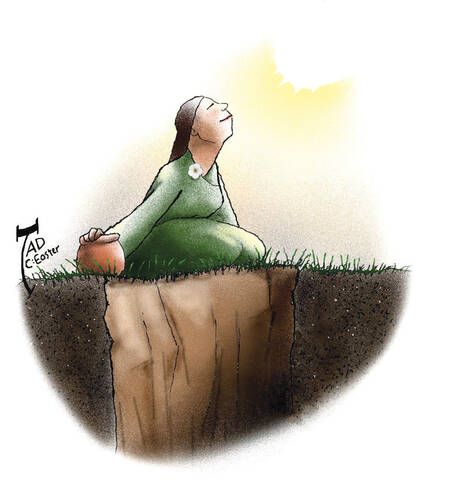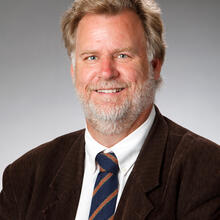In Christ’s resurrection, God reveals the retreat of death and the victory of life.
Long human history demonstrates that death comes for each of us, advancing on us, stalking us, cutting us down at the beginning of life, the prime of life, the middle of life or the end of life, inexorably turning our flesh and blood to dust and ashes. This is what death does. It does not miss anyone. But Easter, Christ’s resurrection, is about life. It is about stopping the inevitable march of death. It is about the retreat of death.
Christ’s resurrection bursts through the chains of death into glorious new life. God is, after all, the God of the living, as Jesus pointed out in a dispute with some Sadducees, asking: “Have you not read...how God said, ‘I am the God of Abraham, the God of Isaac, and the God of Jacob’? He is God not of the dead, but of the living” (Mk 12:26–27). Jesus interprets the simple verb “to be” to indicate God’s sovereignty over death. Because God “is,” Abraham, Isaac and Jacob still “are.”
Yet how could the end of death, this hard reality of human life, be shown? By conquering death in this one life, this one time, as “the first fruits” of all who have died, Jesus shows God’s eternal plan for humanity: the inevitable destruction of death.
It was difficult to comprehend, even for the closest of Jesus’ disciples. When Mary Magdalene came to Jesus’ tomb “and saw that the stone had been removed from the tomb,” she went to get Simon Peter and the beloved disciple. She went to report a desecration of the dead—“They have taken the Lord out of the tomb, and we do not know where they have laid him”—not God’s victory over death. Both Peter and the beloved disciple also went to verify the removal of Jesus’ body from the tomb. The beloved disciple “saw and believed,” but this belief only verifies the empty tomb, not Jesus’ resurrection, for the Gospel of John tells us that “as yet they did not understand the scripture, that he must rise from the dead.”
Mary Magdalene had gone to the tomb to honor Jesus’ dead body; the Synoptic Gospels all note that women went to Jesus’ tomb to anoint his body with spices. If anyone knew death, the ancients did. Dying people were not sent away to hospitals to die politely out of sight. People were condemned and killed in public, their battered bodies on humiliating display, corpses on crosses like so much human detritus. Family members and friends cared for the bodies after death, preparing them as best they could for the tomb, to show last respects and to guard against the stench of decay. Jesus’ friends knew death. They knew he had died.
It took the friends of Jesus a while to understand that his missing body did not represent theft or desecration, but the end of death. When they finally understood the Scripture “that he must rise from the dead,” it was because they had experienced Easter, witnessed Christ risen from the dead. Their experience of the risen Lord, interpreted through Jesus’ teachings and life, led them to one conclusion: He was not in the tomb because Jesus had been raised up by God from death to life.
Peter speaks of Jesus appearing “to us who were chosen by God as witnesses, and who ate and drank with him after he rose from the dead,” with the charge to go and tell others of what they had witnessed and experienced. It was the transformative experience for the first disciples—Mary Magdalene, Peter, the beloved disciple and all the others—because it reoriented not just their understanding of who Jesus was but of who God was and how God acts in human history. Death is not the end of God’s power or of our lives.
Through Jesus, who was raised from the dead, we, too, “have been raised with Christ.” Our lives are no longer lived in the shadow or fear of death, for death has been conquered and life reigns eternal. This must be the fearless reorientation of our lives: to live in the life of Christ, raised to new life, and not in the fear of death. God is not the God of the dead; God is the God of the living. And in Christ’s resurrection, God reveals the retreat of death and the victory of life.
This article also appeared in print, under the headline “The Retreat of Death,” in the March 21, 2016, issue.








